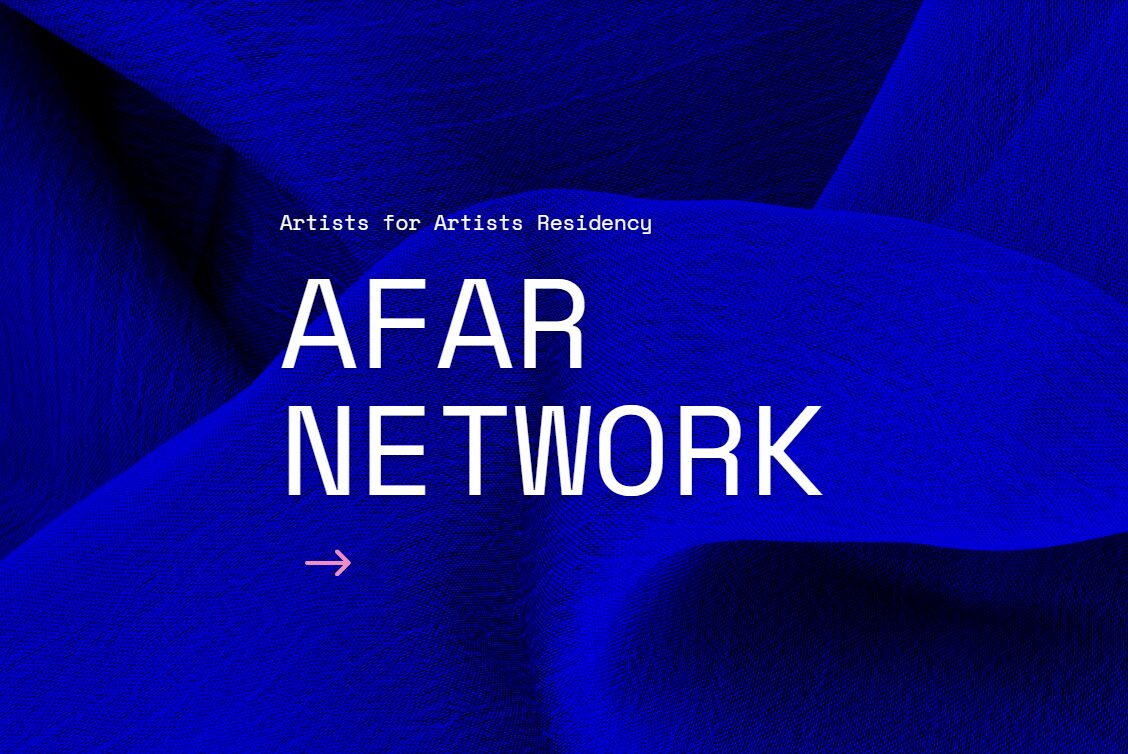Project lead: Romanian Association of Contemporary Art (ARAC)
Project partners: The Goethe Institute network, the Croatian Association of Fine Artists and Künstlerhaus Vienna.
Period of time: 01.03.2023 – 31.12.2024
Locations: Bucharest, Săcel (Maramureș, Romania), Mulhouse (France), Zagreb, Vienna
Artists for Artists Residency Network (AFAR) is an EU co-funded project, aiming to improve the mobility of contemporary visual artists and curators in the four European partner regions – Romania, Germany, Croatia, and Austria. The project is led by the Romanian Association for Contemporary Art (ARAC) with three consortium partners – The Goethe Institute network, the Croatian Association of Fine Artists, and Künstlerhaus Vienna. An associate strategic partner of the project is La Kunsthalle Mulhouse which is also the Centre d’Art Contemporain d’Intérêt National de la Ville de Mulhouse.
The main topics are related to long-term cultural and social connections between local contexts, regarding cross-cutting themes of ecology and inclusion, specifically concerning wartime and economic migration of people.
The project provides a range of new opportunities to art practitioners of all ages, across a variety of artistic mediums and backgrounds, with special regard to women in the arts and gender equality, to become involved in a series of artistic residencies, curatorial fellowships, artists& curators talks, and exhibitions where they can contribute and work together with their peers in creating self-sustainable models of mutual support and cooperation. This will be achieved through methods that include networking events, co-shared working spaces, case-study research of proposed models of residencies, knowledge-sharing between the partners in organizing residencies and public artist/curator talks, the development of an advocacy strategy for increased mobility of artists and curators in the consortium countries.
The Artists for Artists Residencies are centered around relevant themes with social and aesthetic impact, such as redefining the human-nature relation, human dwelling in the digital age and sustainable textiles. The residency program took in urban areas (Bucharest and Zagreb) and in areas with local textile traditions (Maramures and Mulhouse). Residencies in Maramures (Romania) and Mulhouse (France) have a special focus on creating art through traditional weaving, embroidery, and tapestry as artistic expression in regard to ecologically sustainable art-practices, and creating the link between local traditions and contemporary art practices in the medium of textile artworks.
- Maramures (Săcel village, Romania) and Mulhouse (France)
Residencies in Maramures and Mulhouse have a special focus on creating art through traditional weaving, embroidery, and tapestry as artistic expression in regard to ecologically sustainable art-practices, and creating the link between local traditions and contemporary art practices in the medium of textile artworks. Through these residencies, the artists will have the opportunity to learn traditional techniques from local craftsmen on weaving, sewing and dyeing textiles and use them to create contemporary art works, thus contributing to their preservation and the safeguarding of the local intangible heritage and promoting more environment-friendly practices.
- Bucharest and Zagreb
The purpose of the residencies in urban areas is to establish long-lasting partnerships between individuals and the host organizations. Resident artists will work closely with a host artist, making use of their studios and local resources – a mix between production-based residencies and research-based residencies (The Malmaison Artist Hub in Bucharest and HLDU network) – artists will also identify solutions and alternative approaches to the issues arising from that research, characterized by the close nature of the relationship of the artist to their hosts in the co-shared worked spaces. One of the main subjects of the residencies planned in Bucharest and Zagreb will be the creation of collaborative artworks using recycled materials, transforming discarded objects into works of art for environmental, economic and socio-cultural well-being.
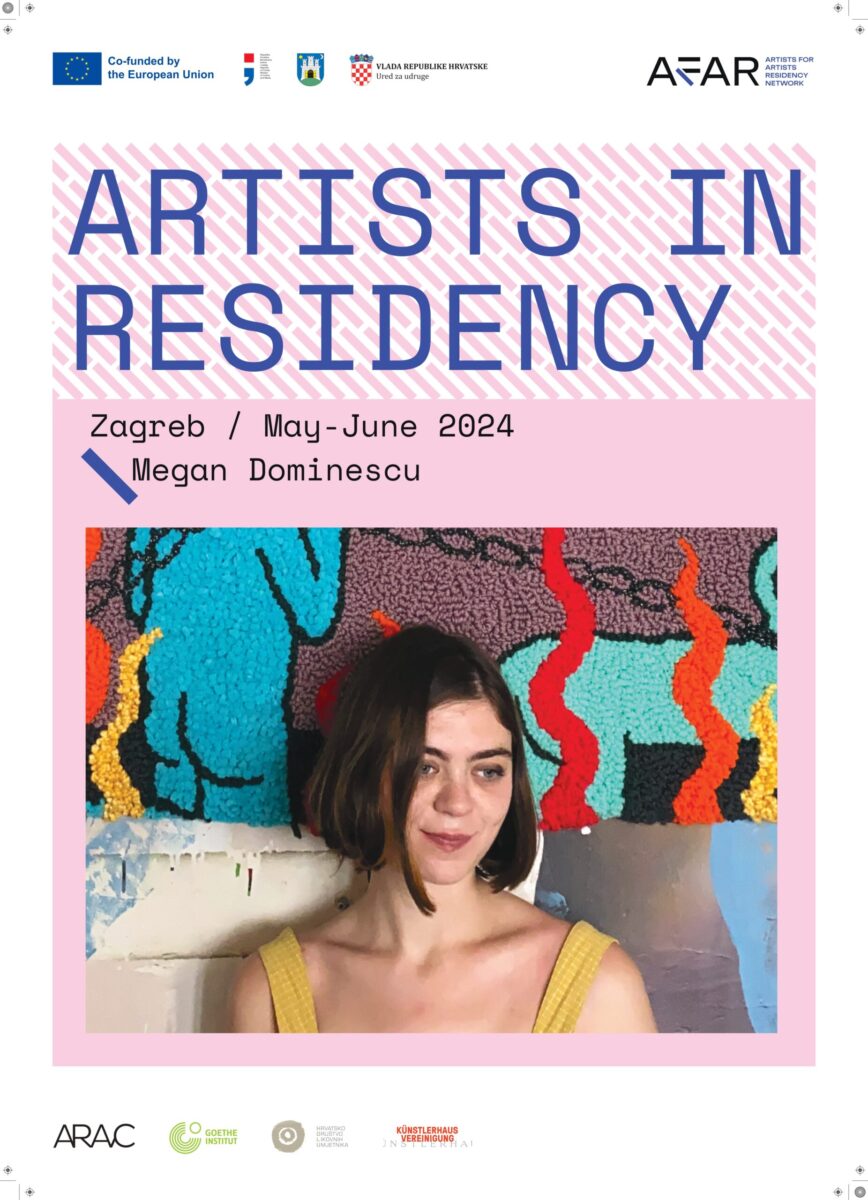
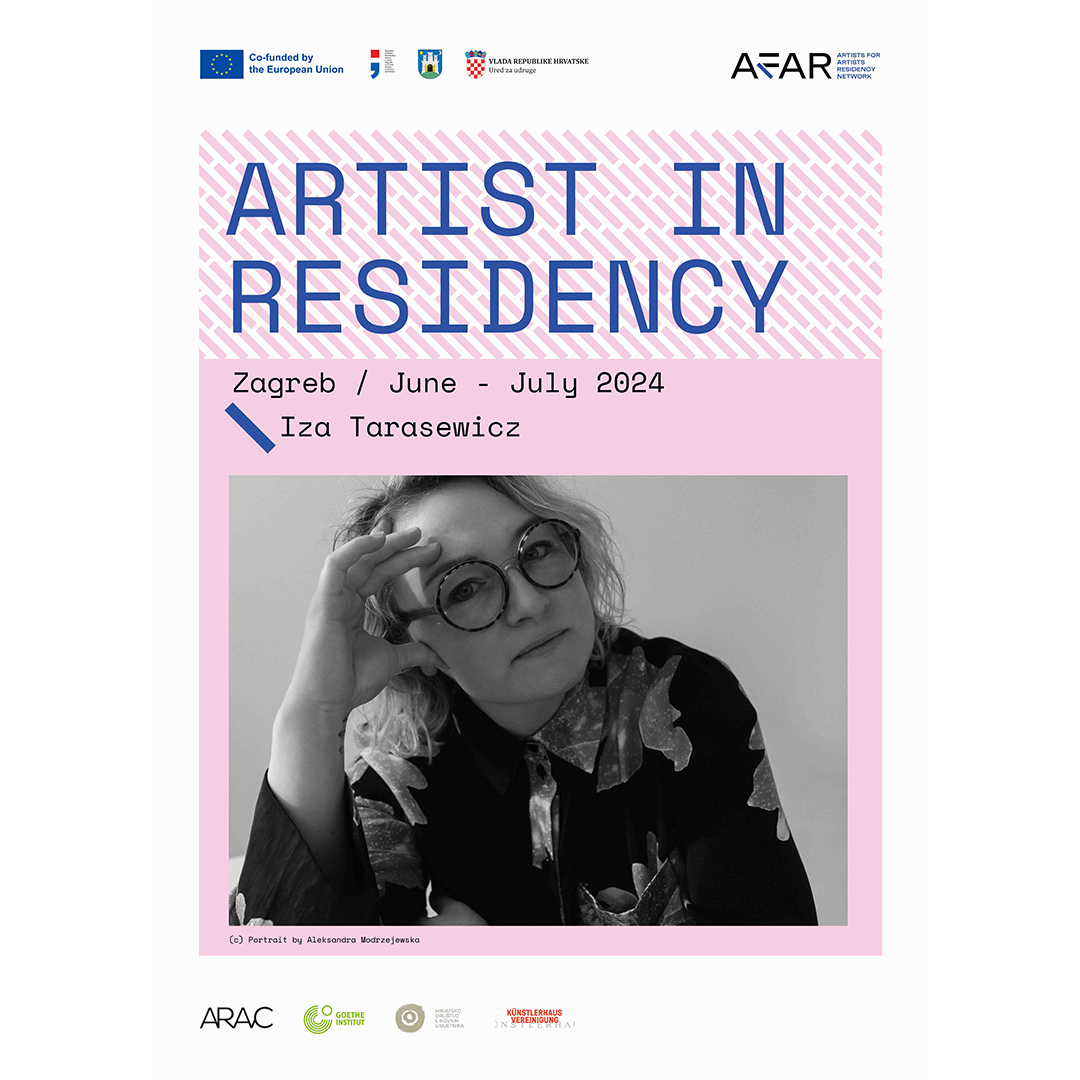
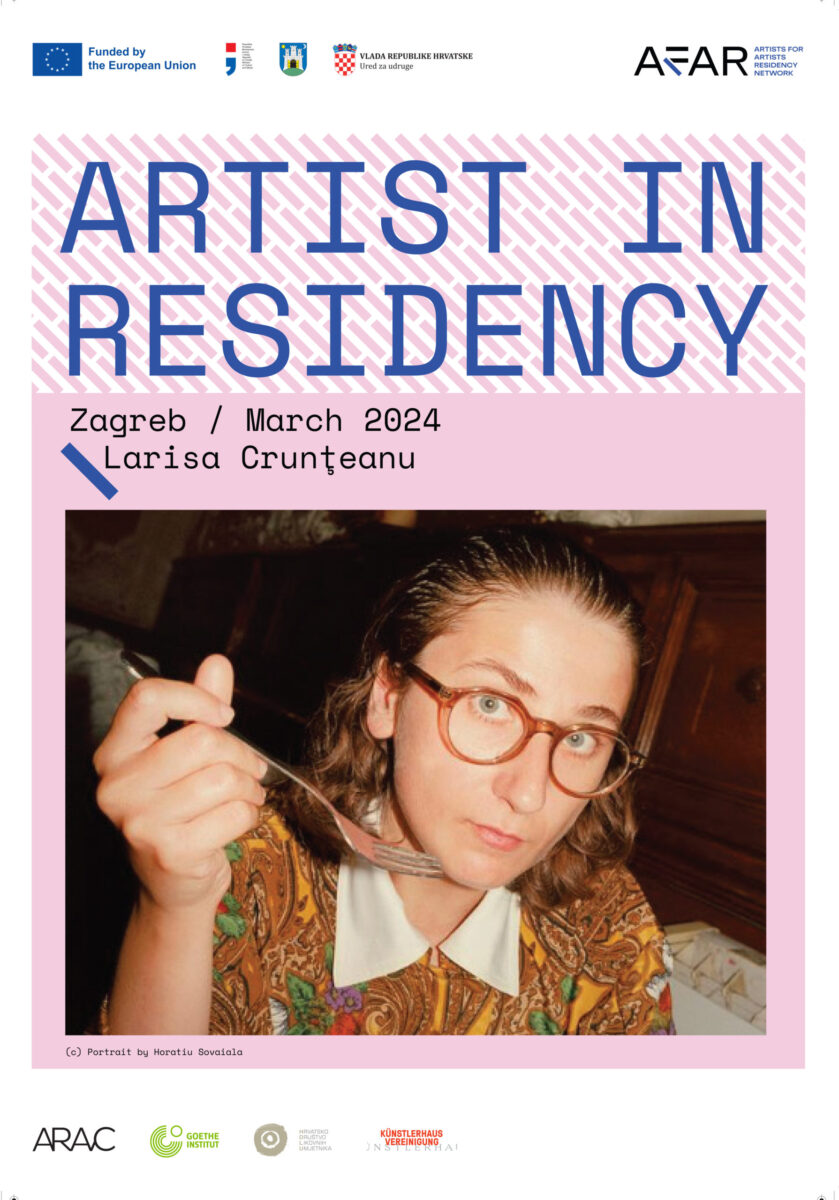
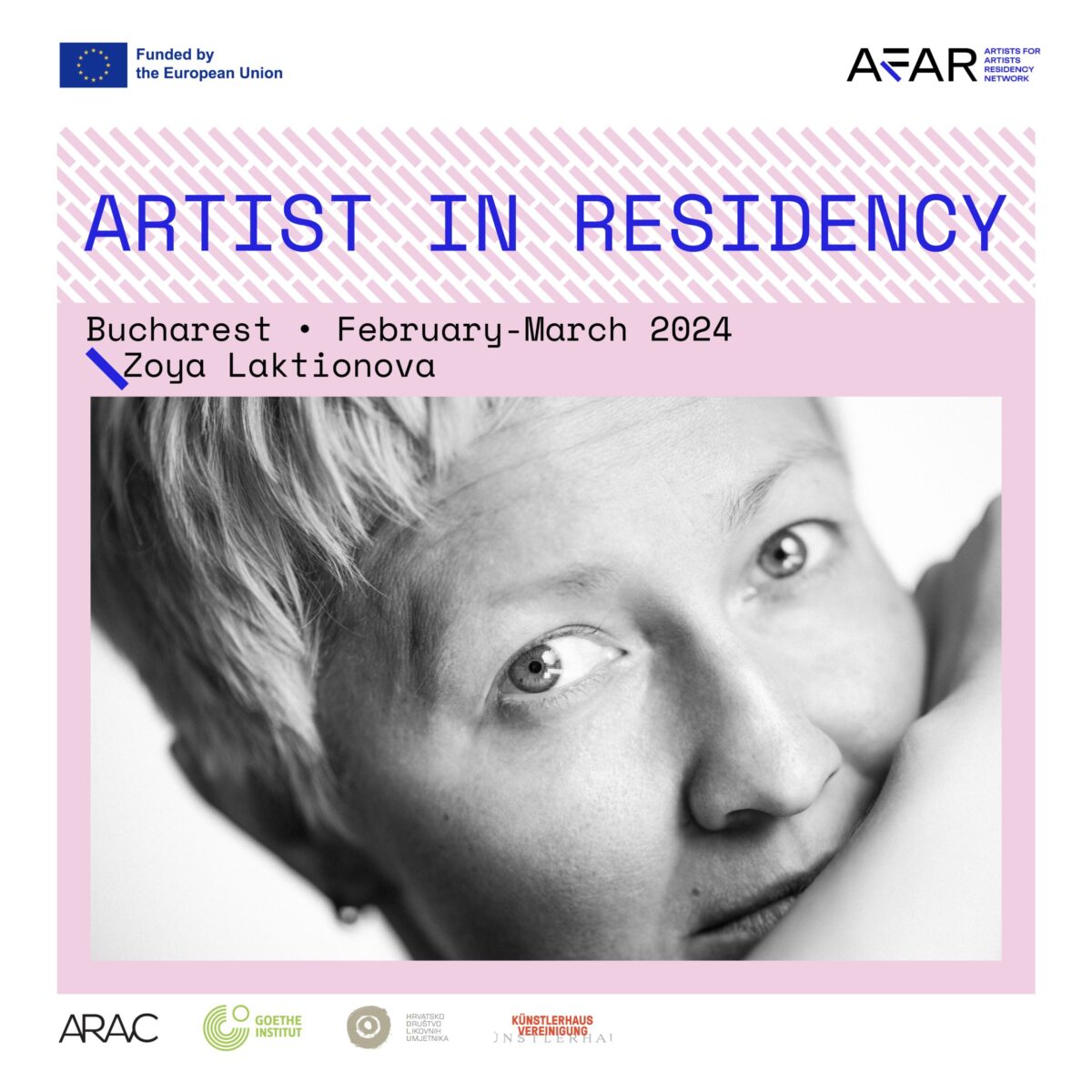
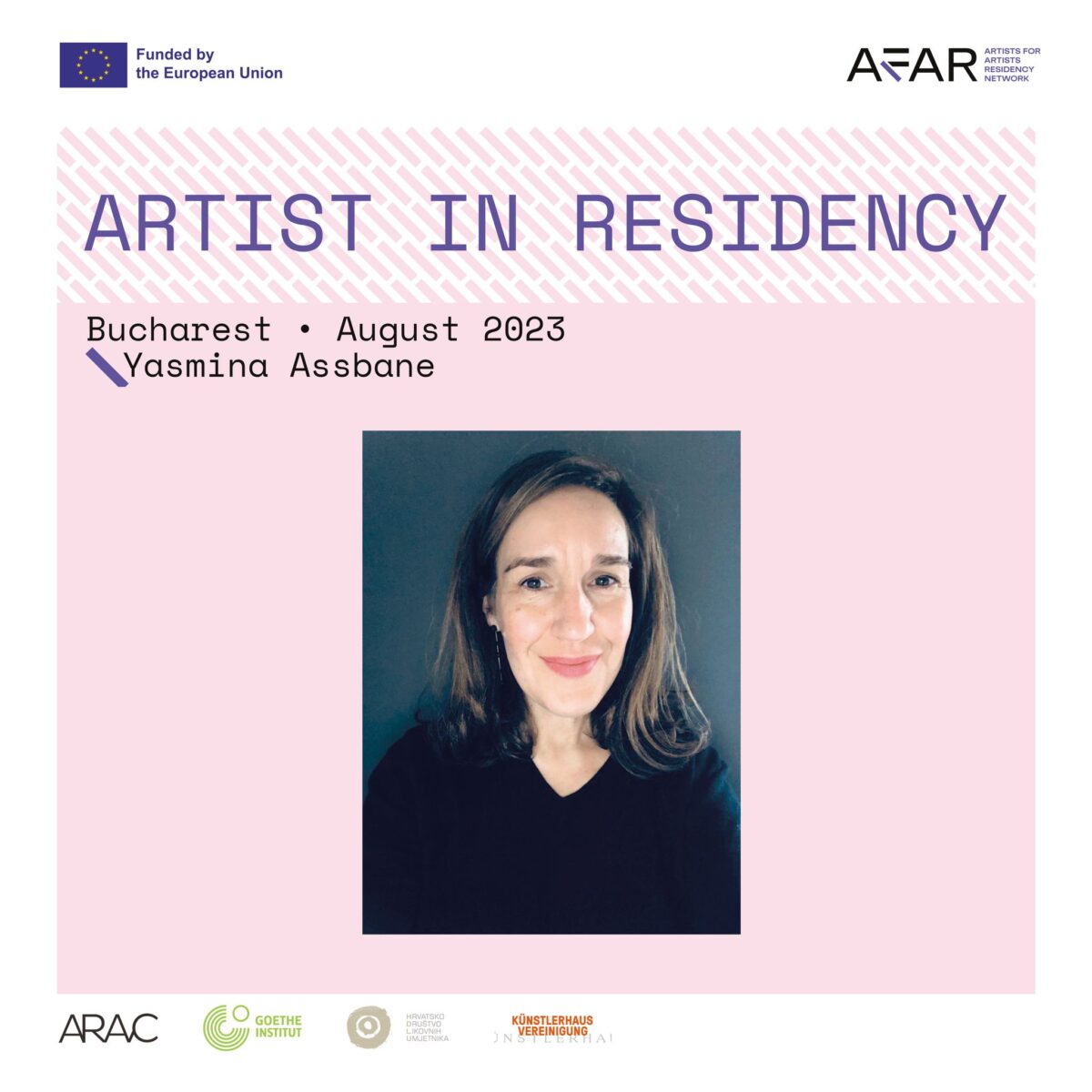
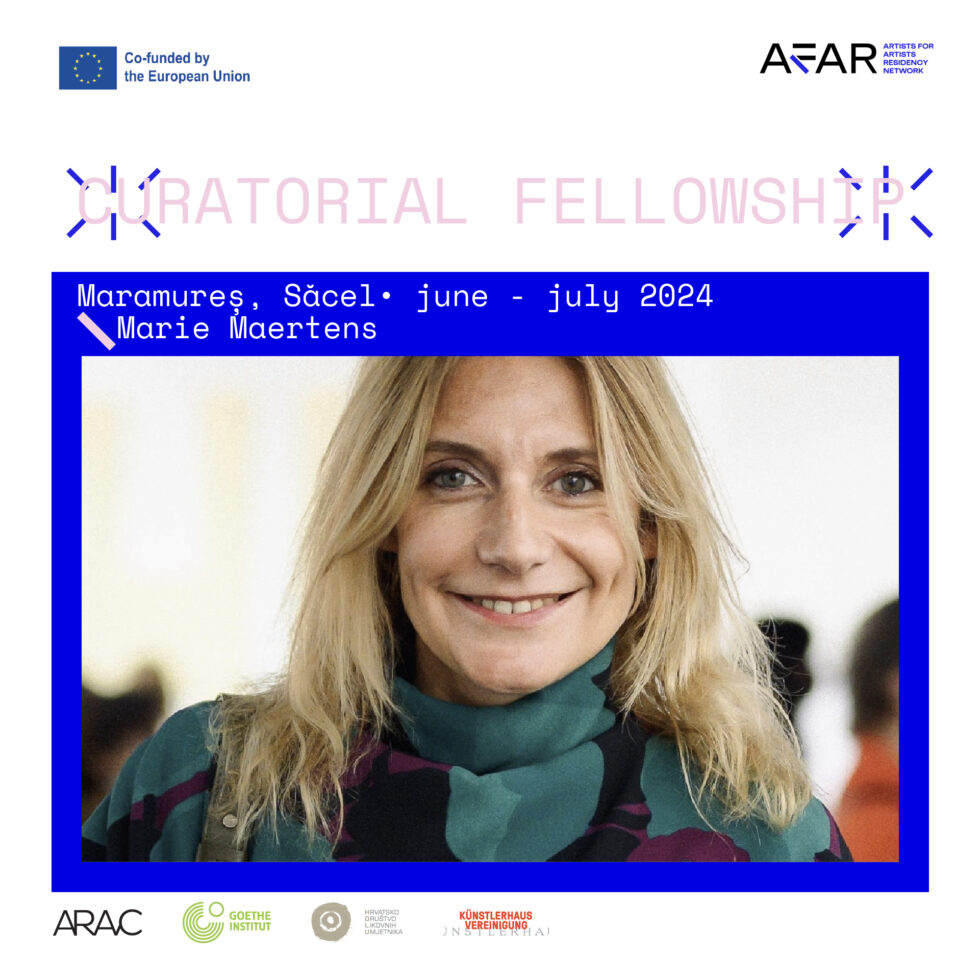
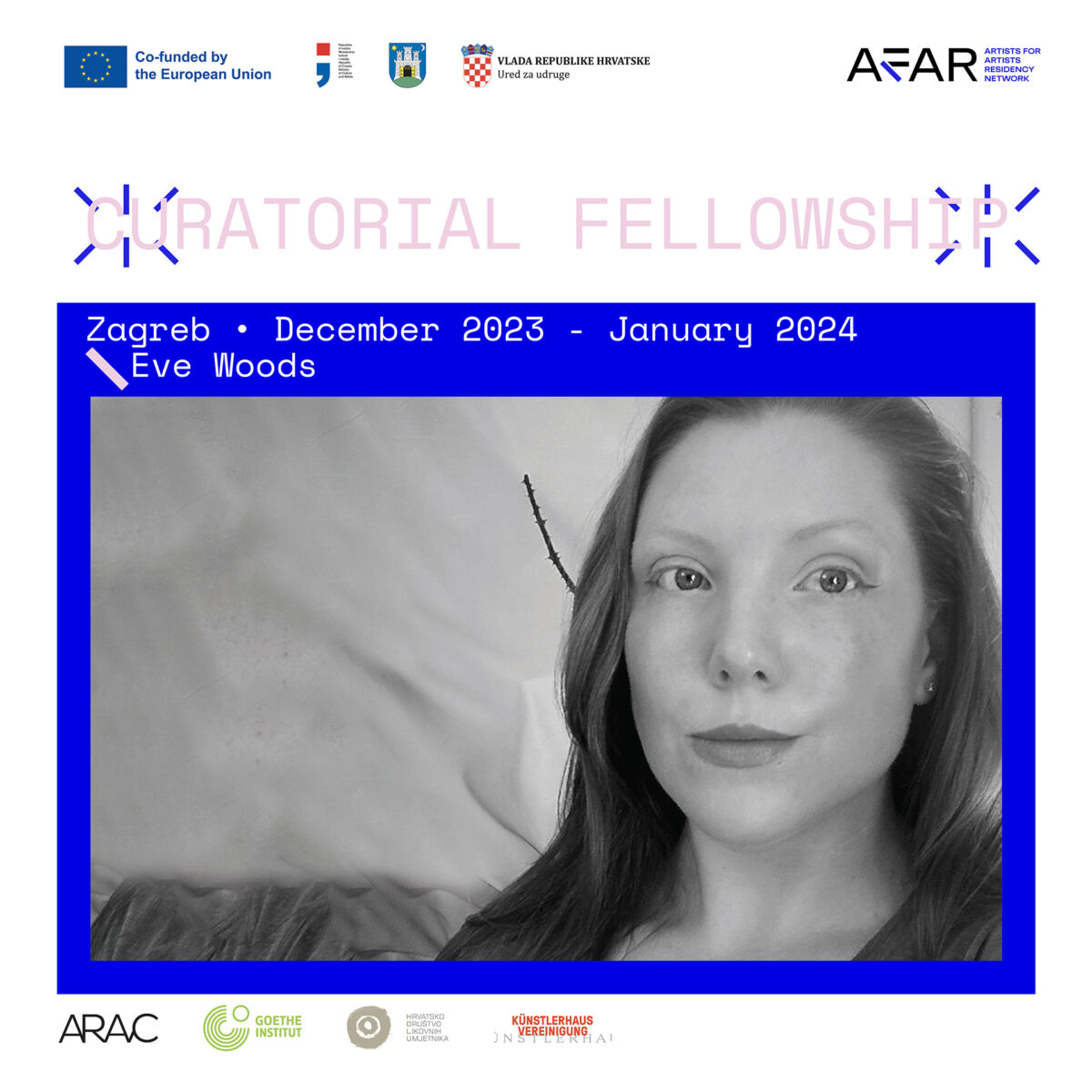
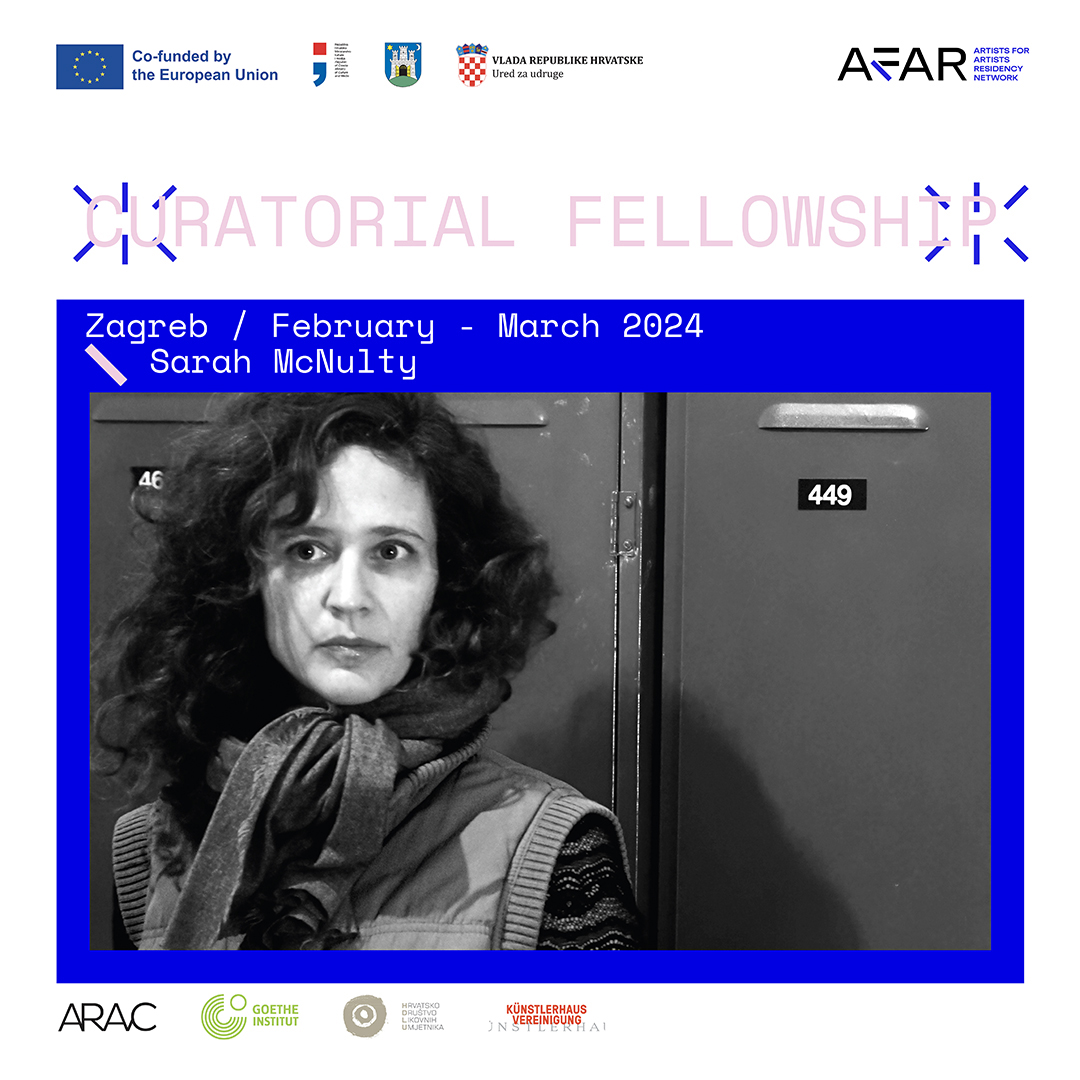
more details on this project: https://www.afarnetwork.com/
The AFAR Network project is aimed primarily at a young audience, with the majority participation of women artists and curators, offering a practical approach to international cultural cooperation. It will create and document innovative models of residencies based on shared workspaces and networked working methods, making use of pre-existing resources, data collected from other European initiatives, and the consortium’s expertise to encourage changes in local cultural policies in Croatia and Romania.
Events:
- Artistic Residencies in Bucharest, Maramures, Zagreb and Mulhouse;
- AFAR Talks – dialogues between artists, curators and cultural professionals about Art, Sustainability, shaping the cultural world;
- Exhibitions in Bucharest, Vienna and Zagreb;
- Curatorial Fellowships.
Highlights from AFAR’s Activities
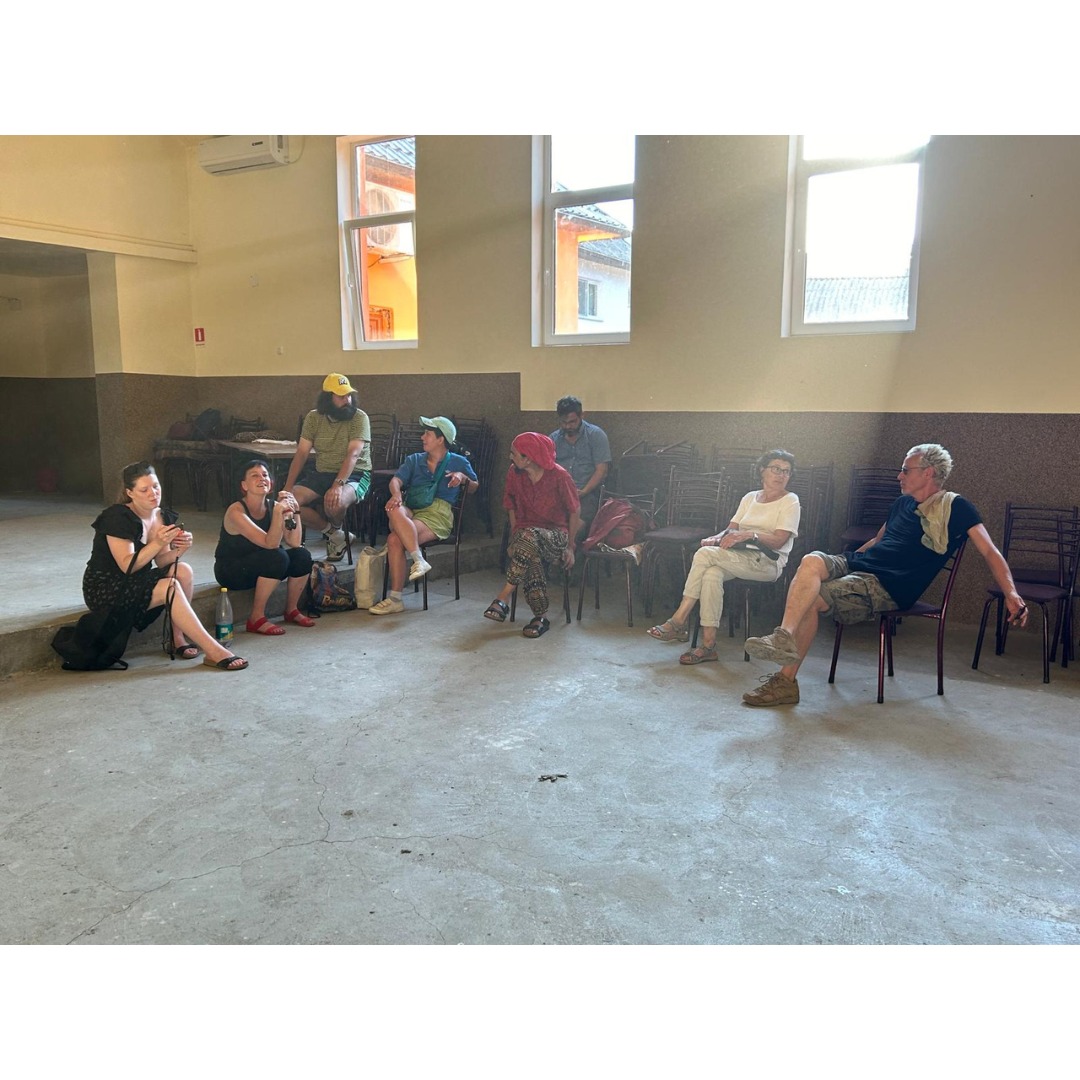
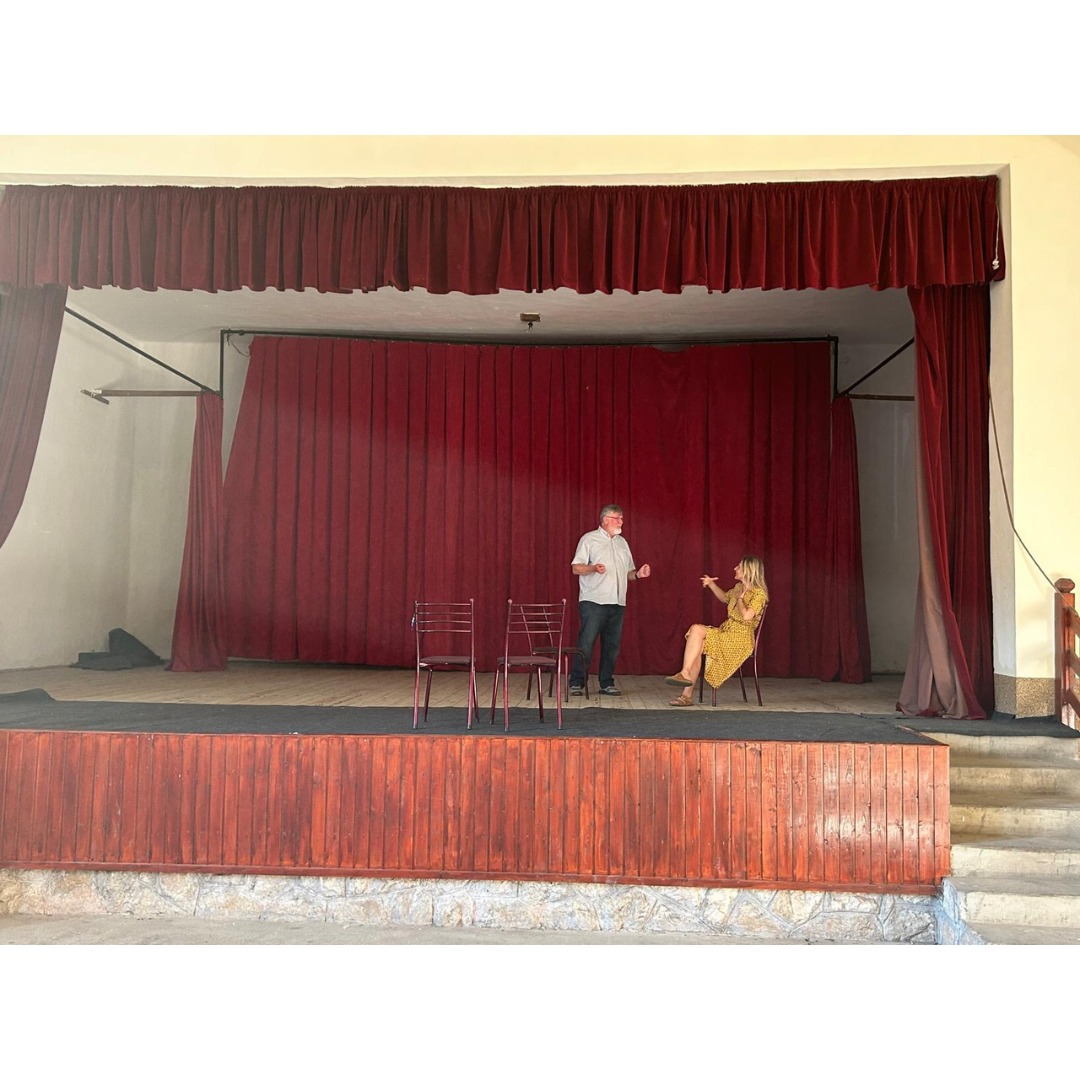
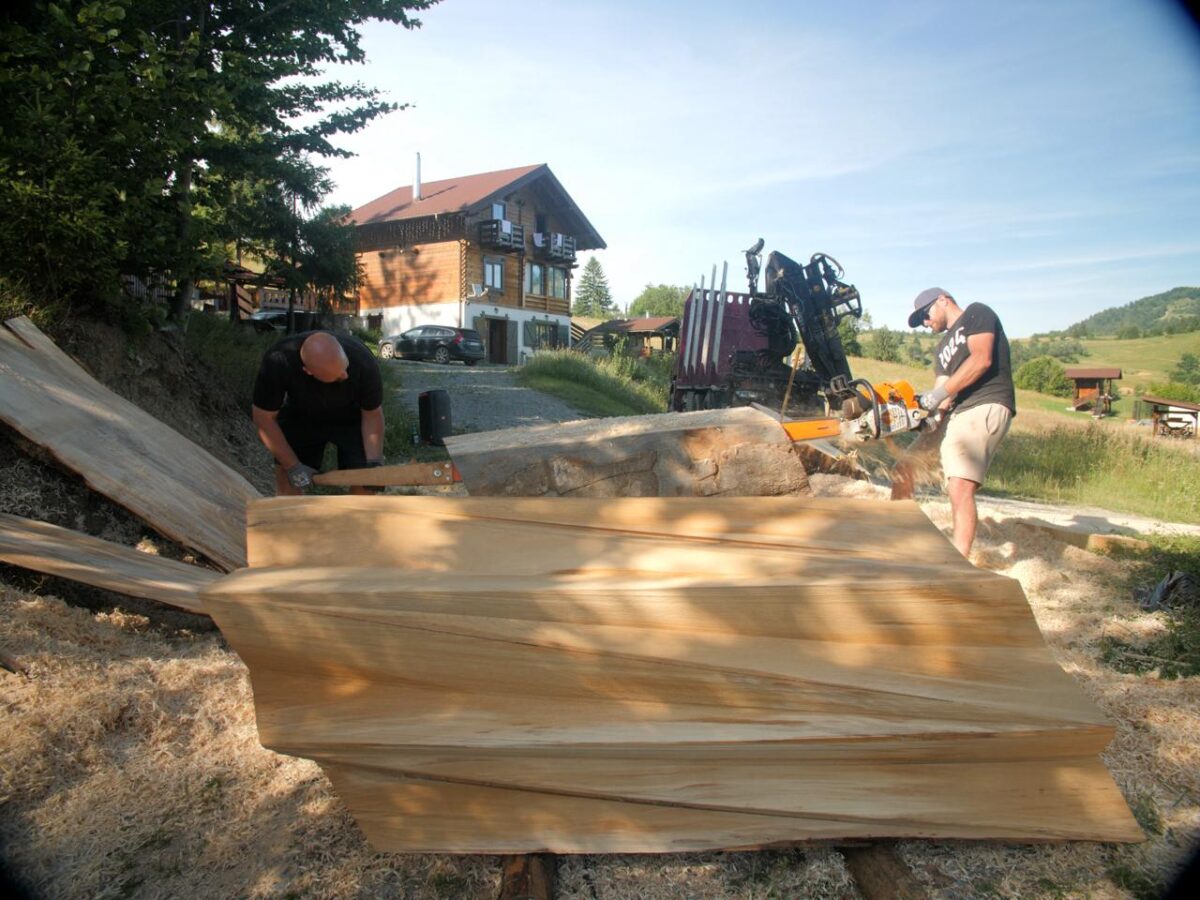
Shooting Stars by Bogdan Rață, Dan Vișovan
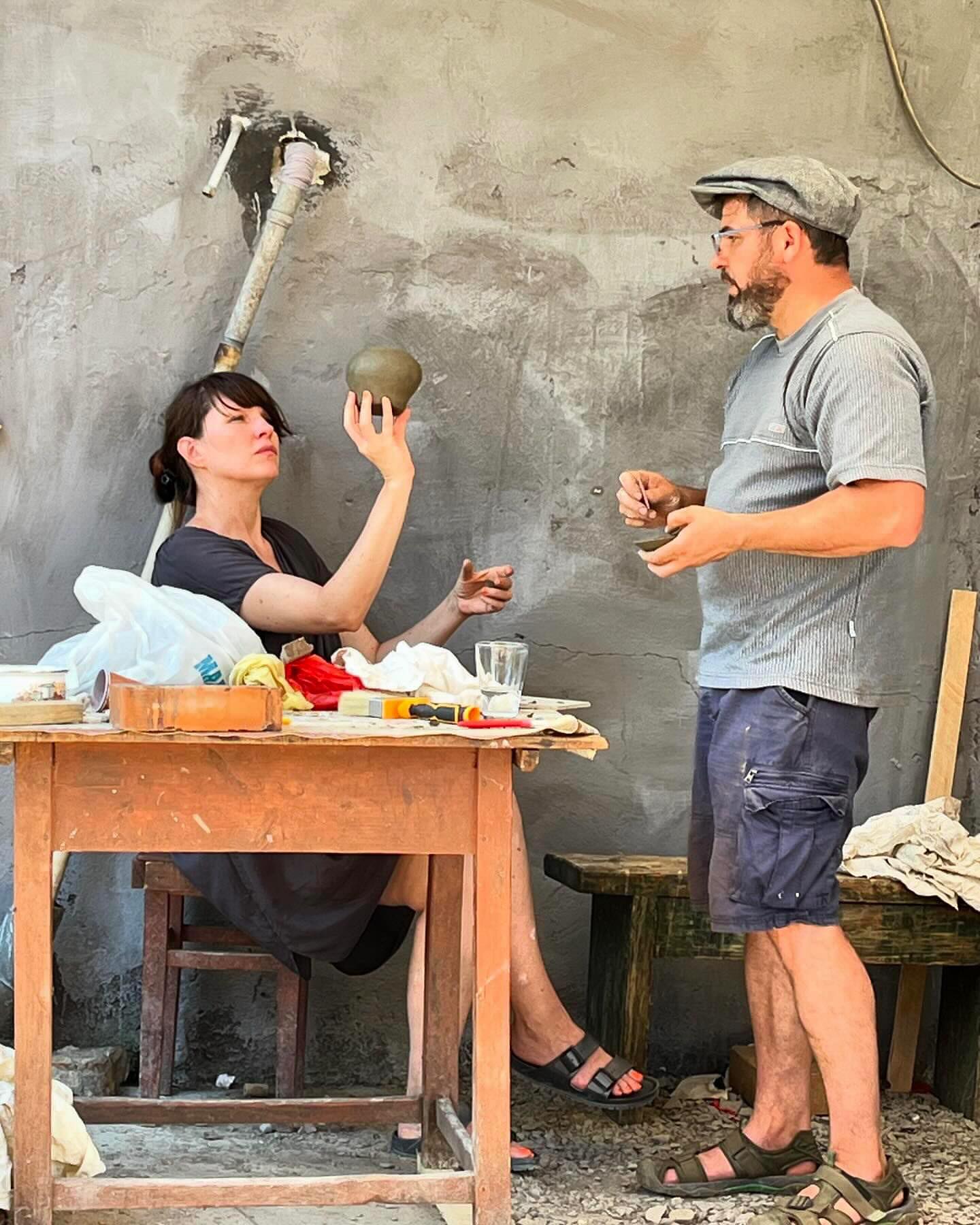
Anneta Mona Chișa and Ilie Mihali
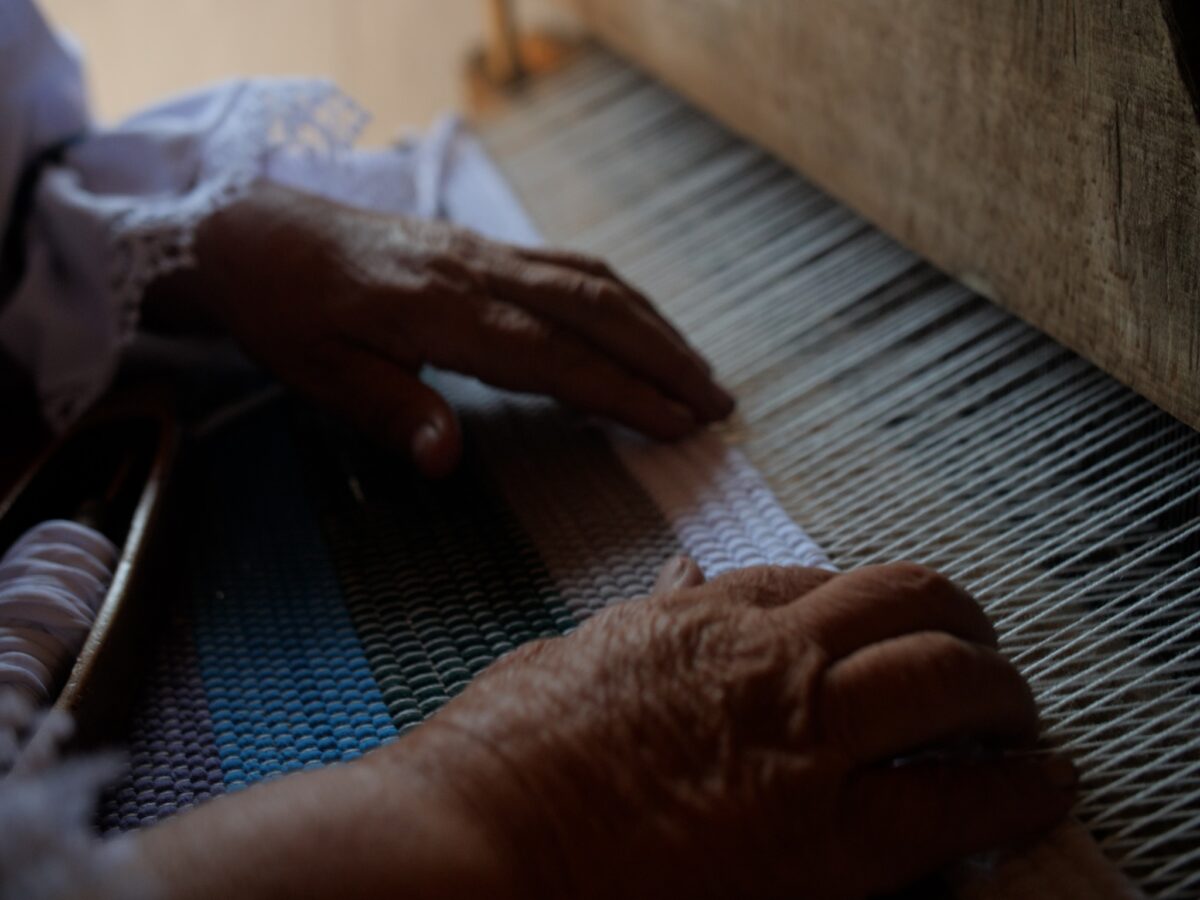
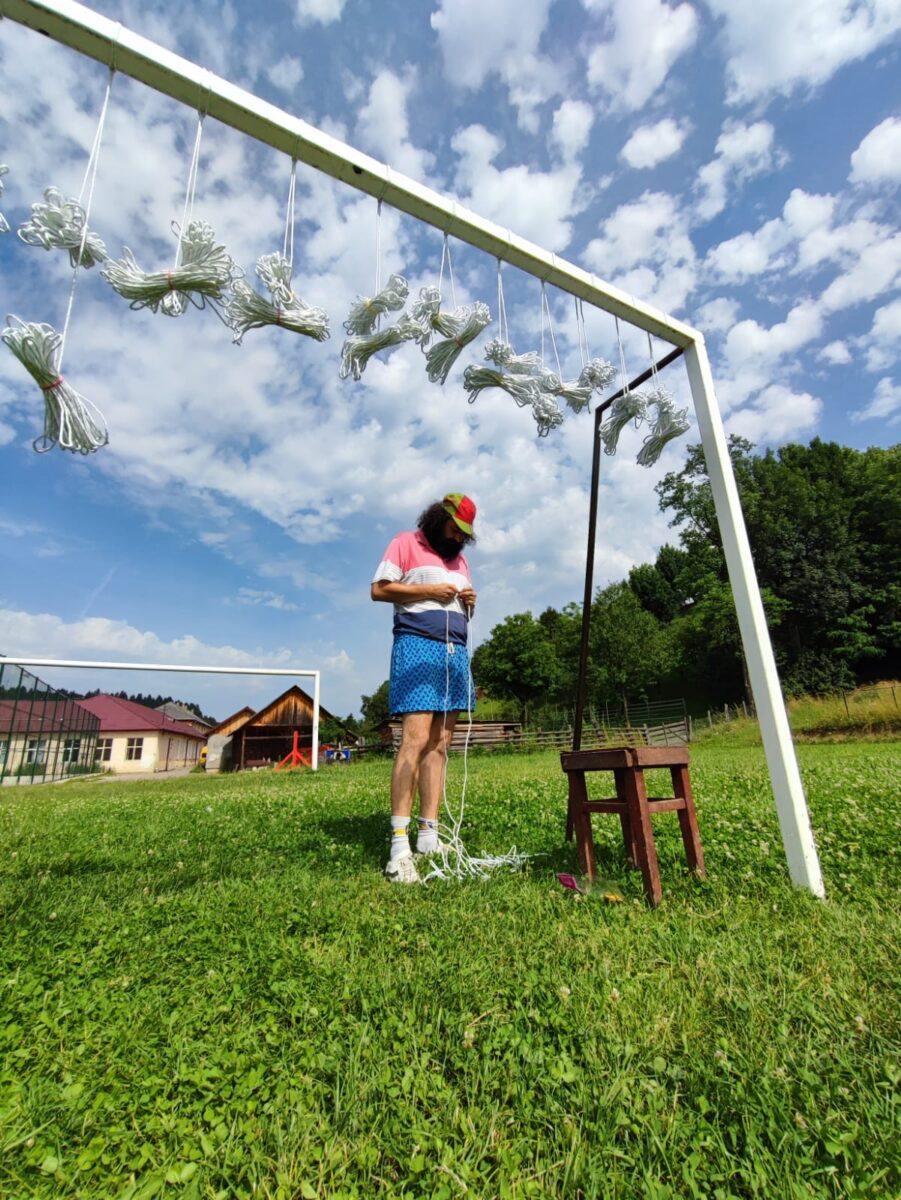
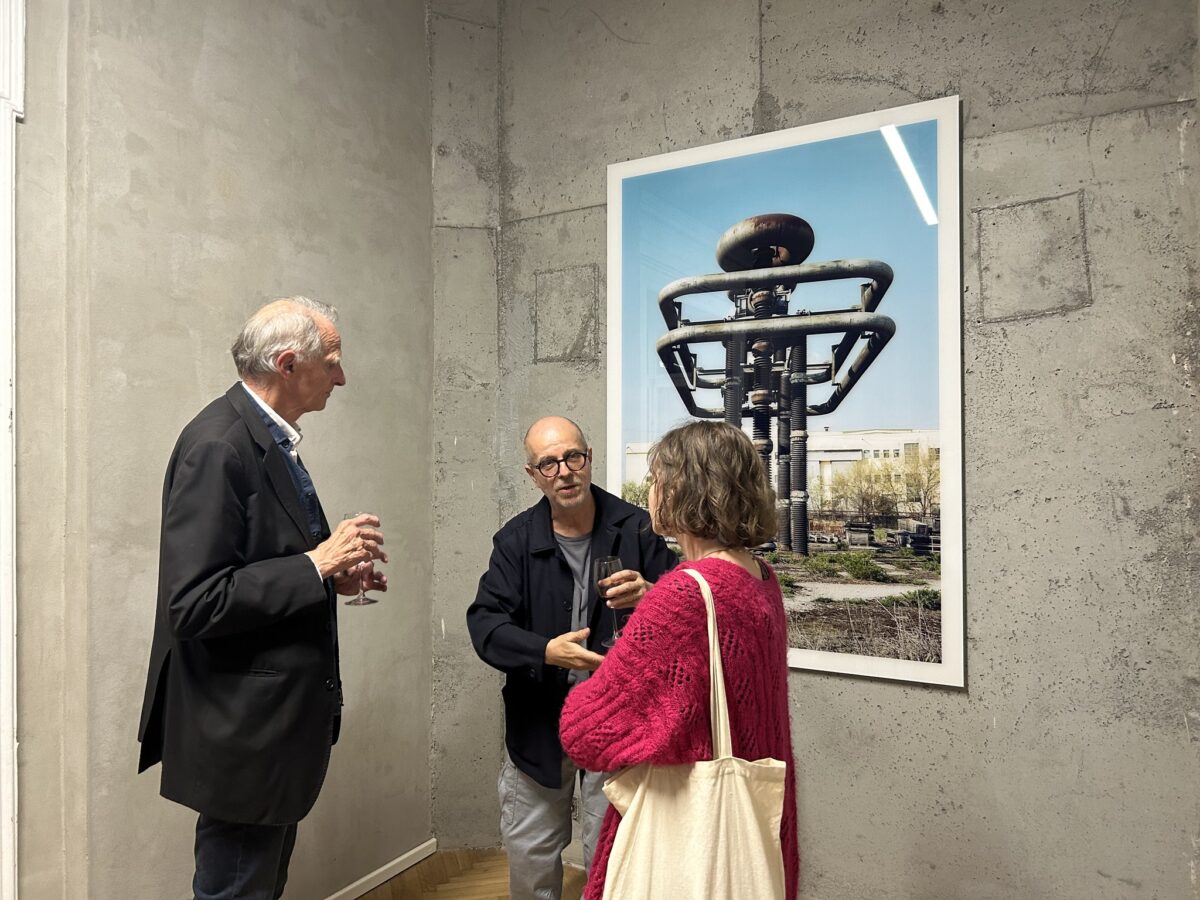
Ecology After Life exhibition
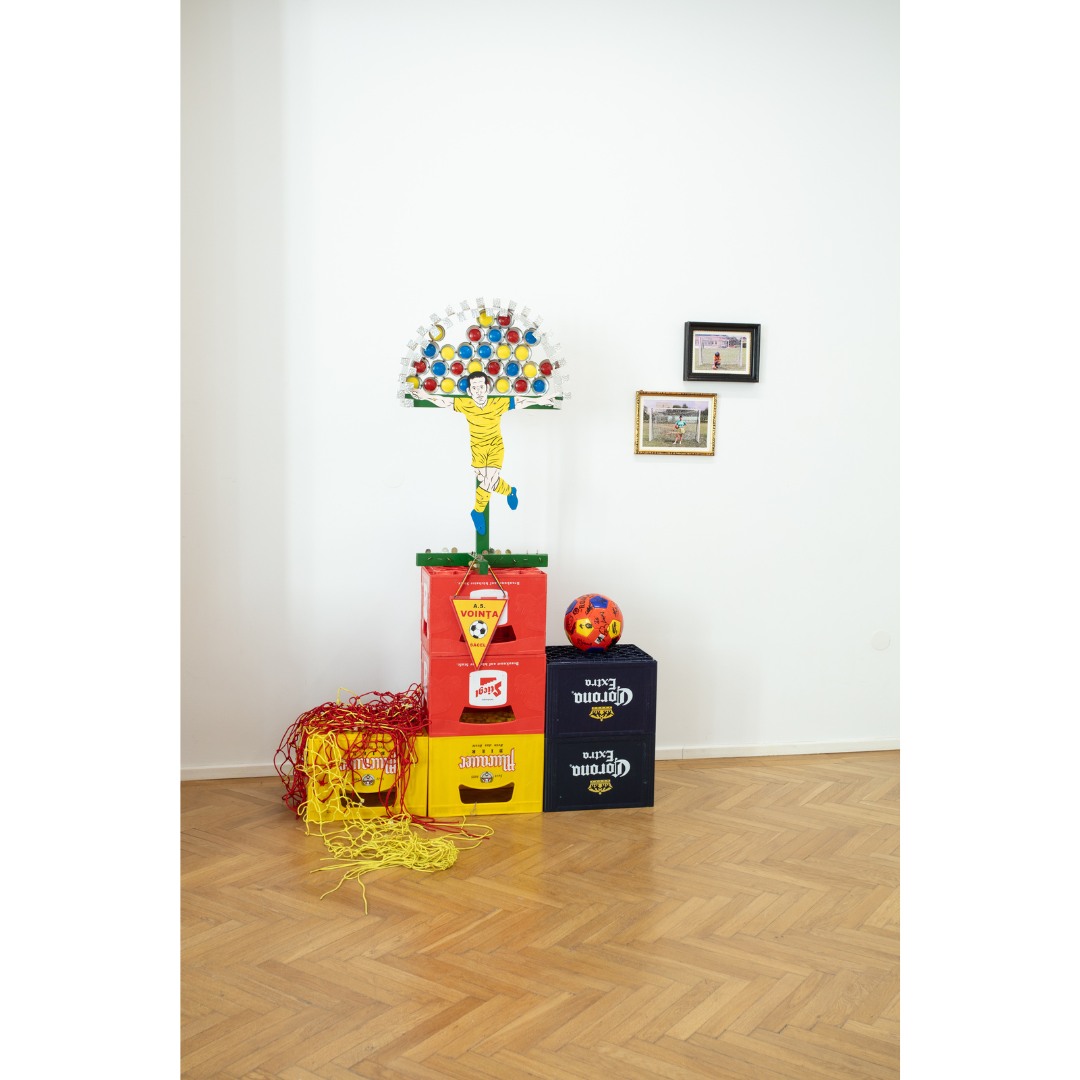
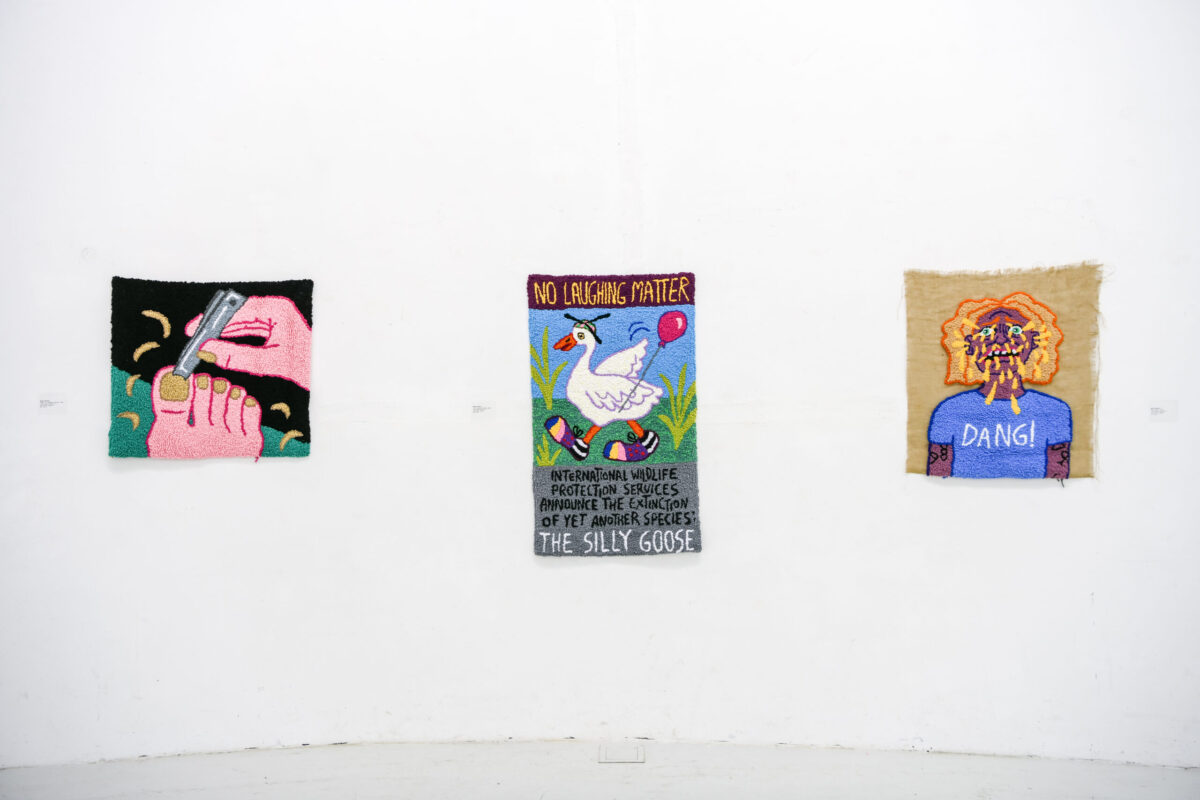
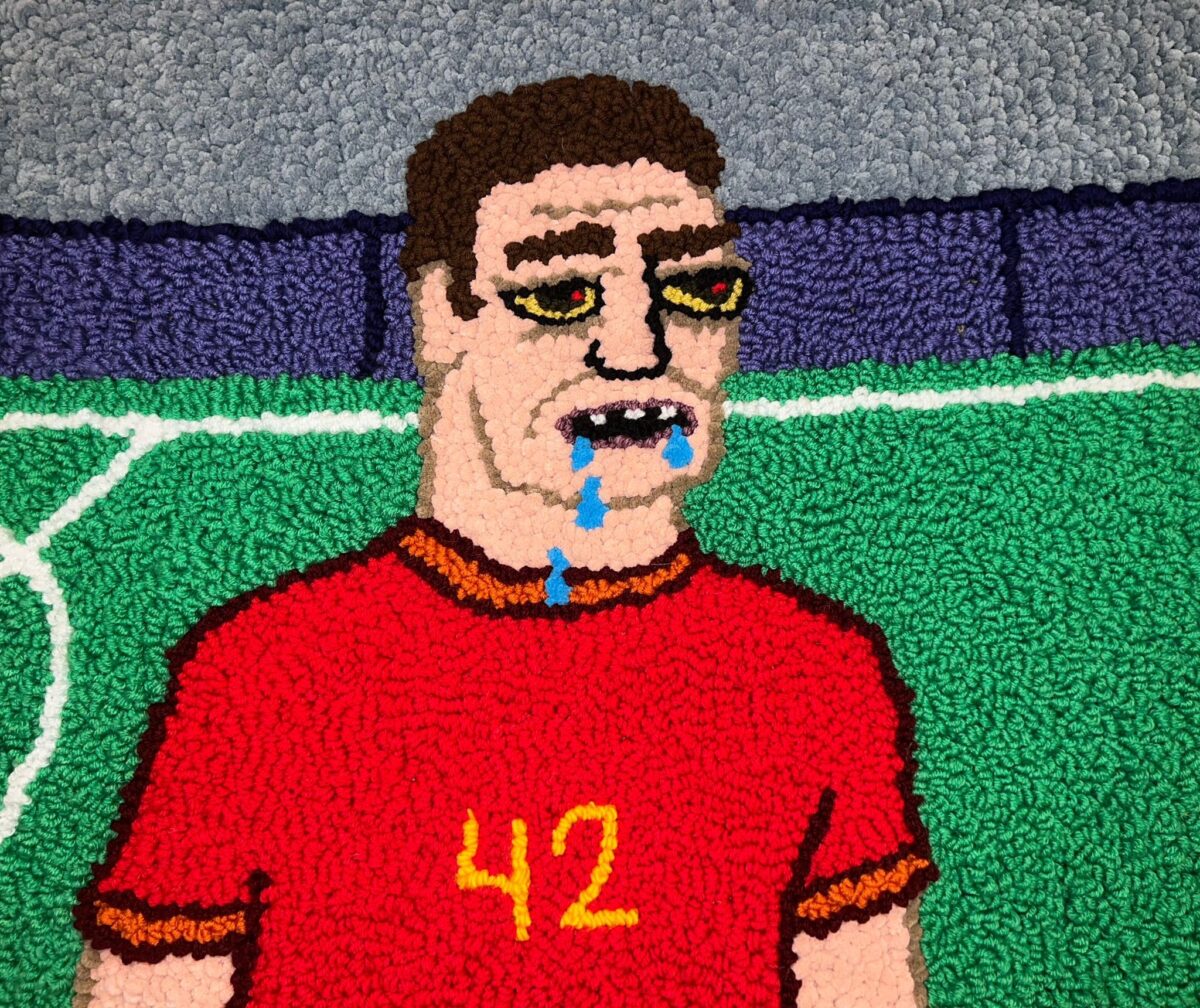
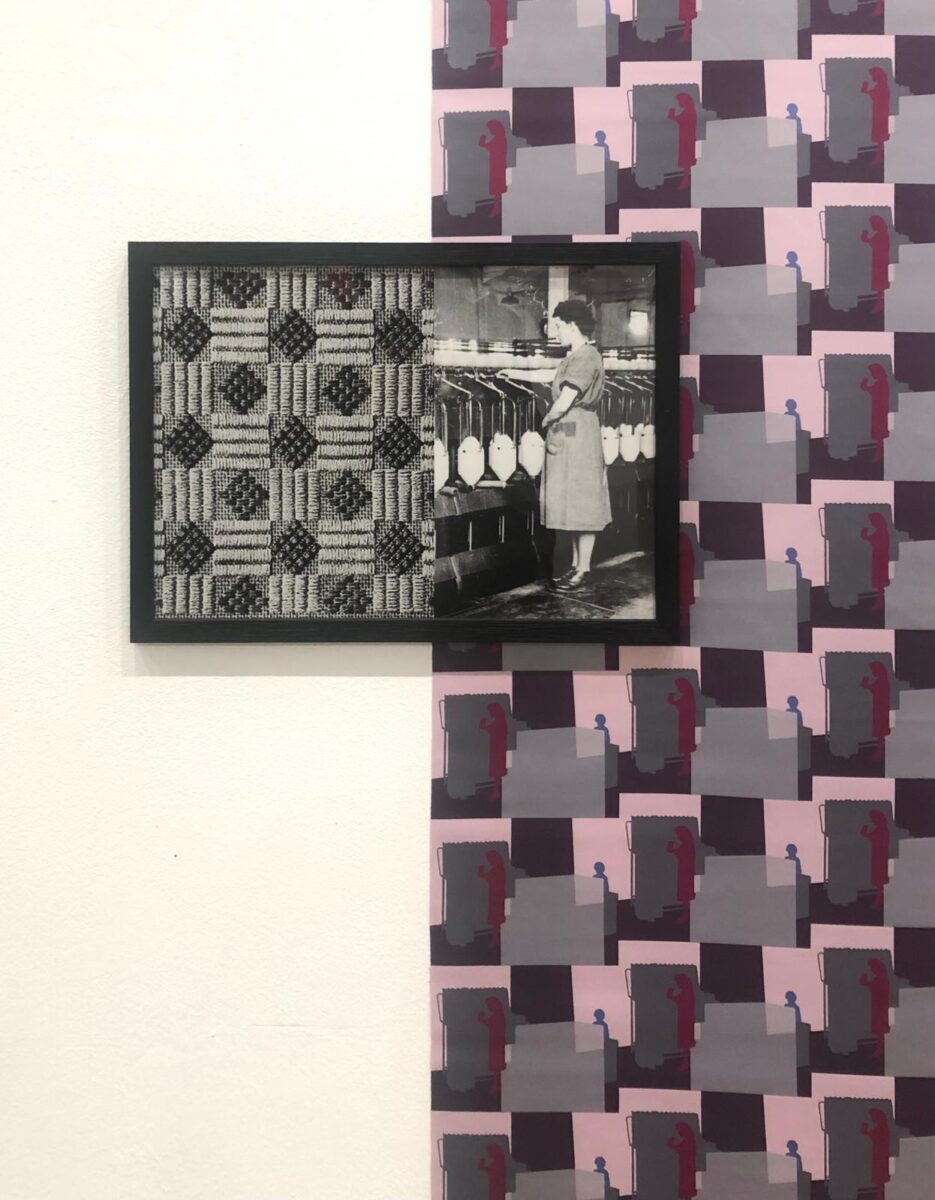
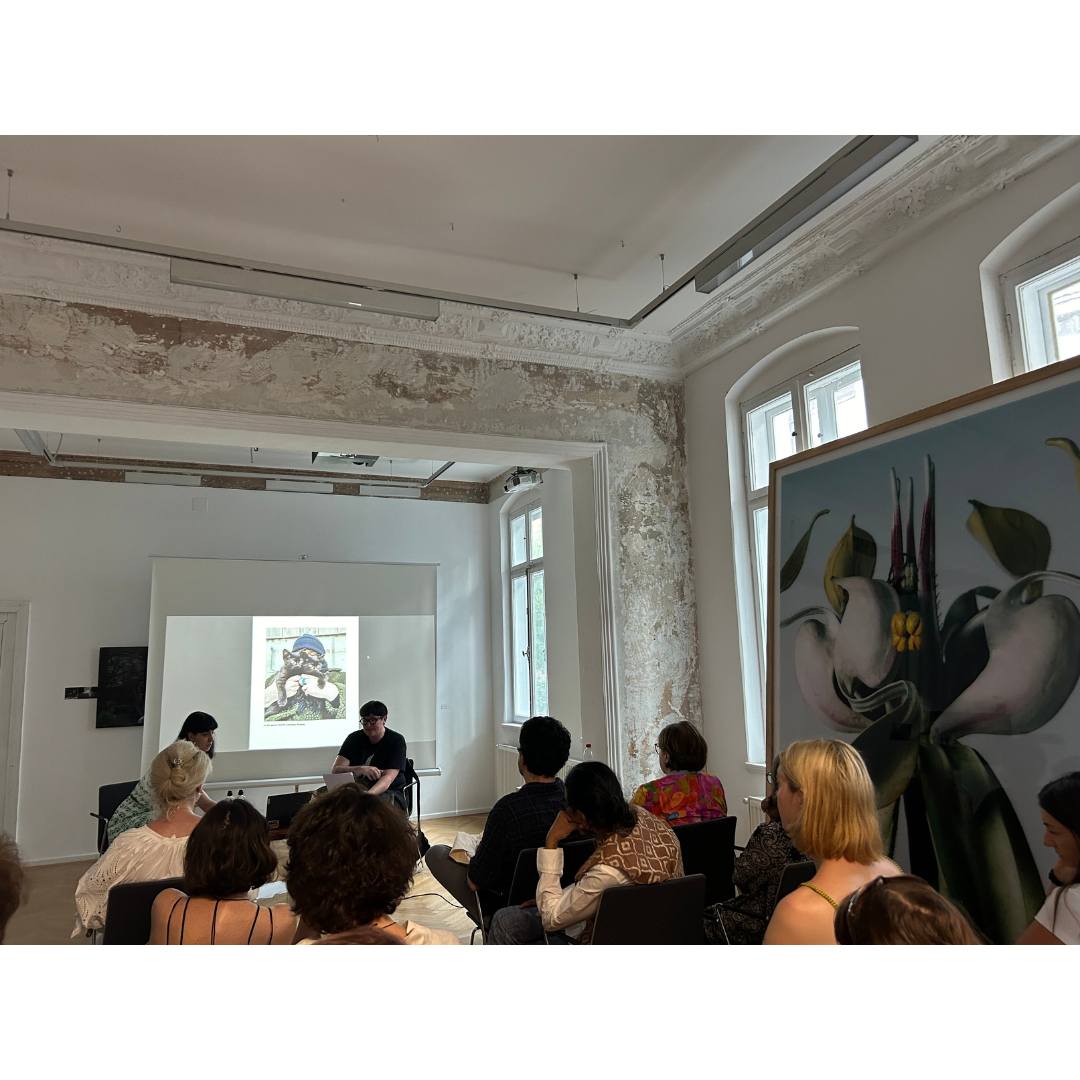
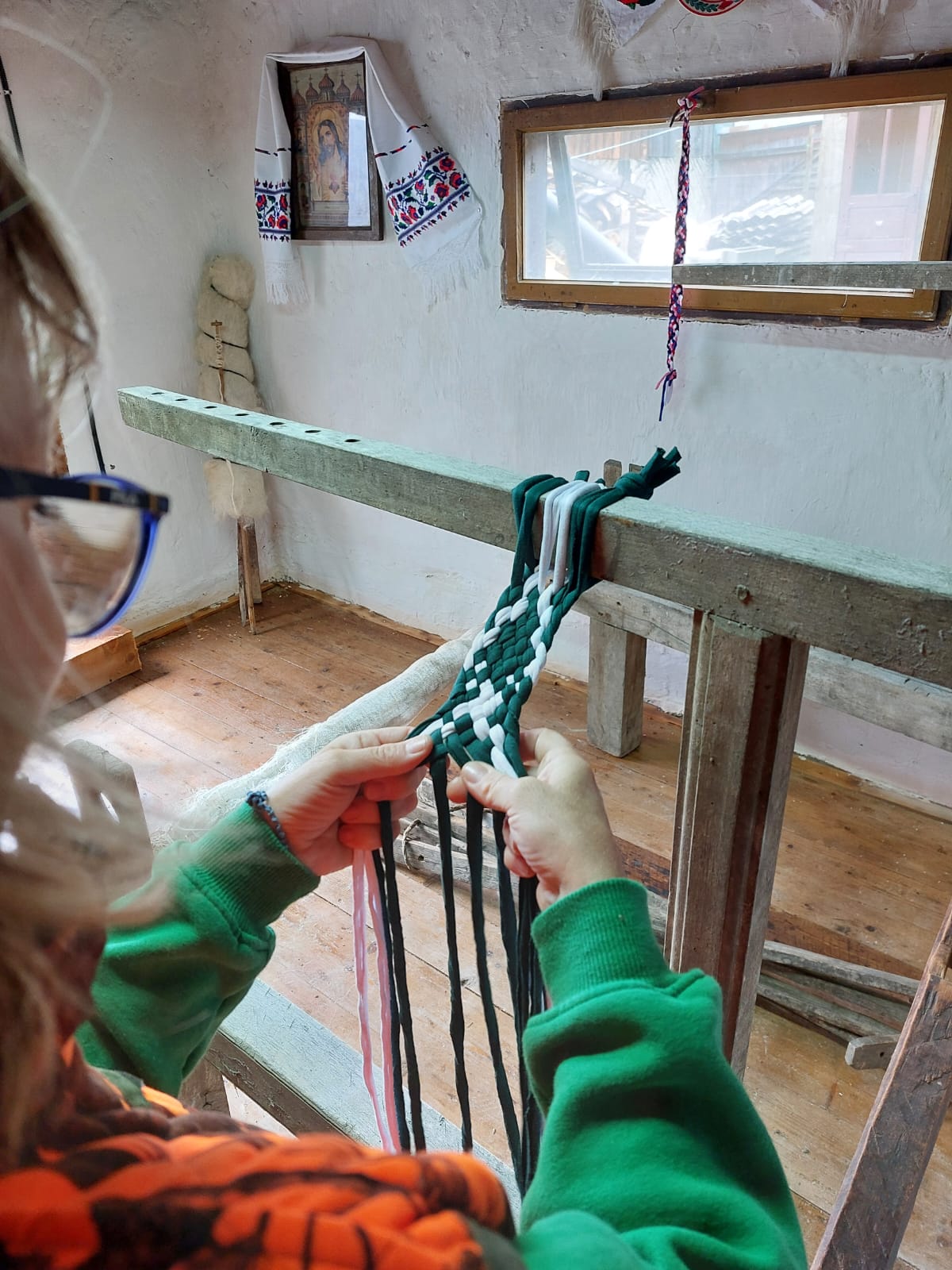
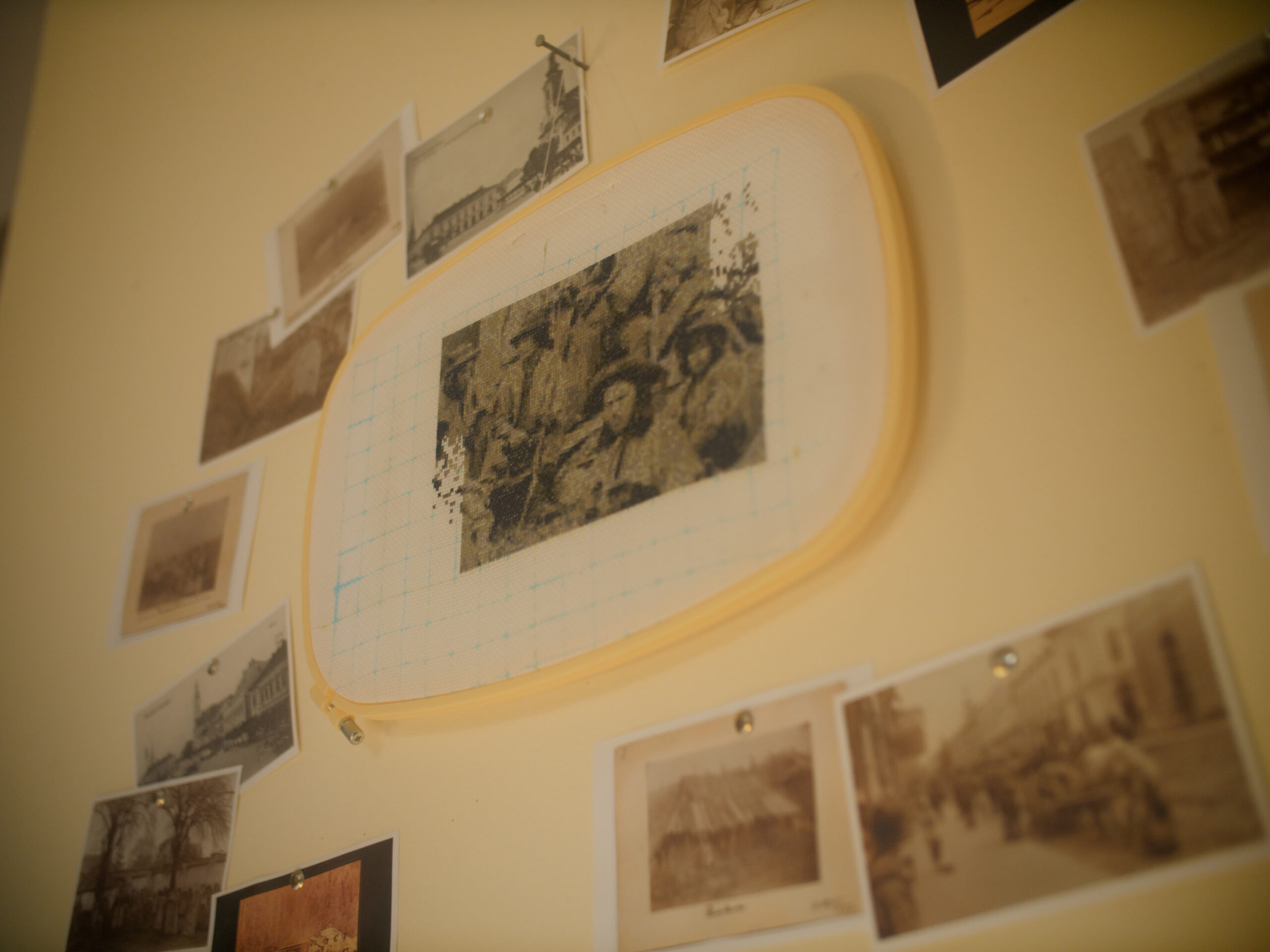
Tanja Boukal’s artwork

Shadhin Kamruzzaman’s artwork
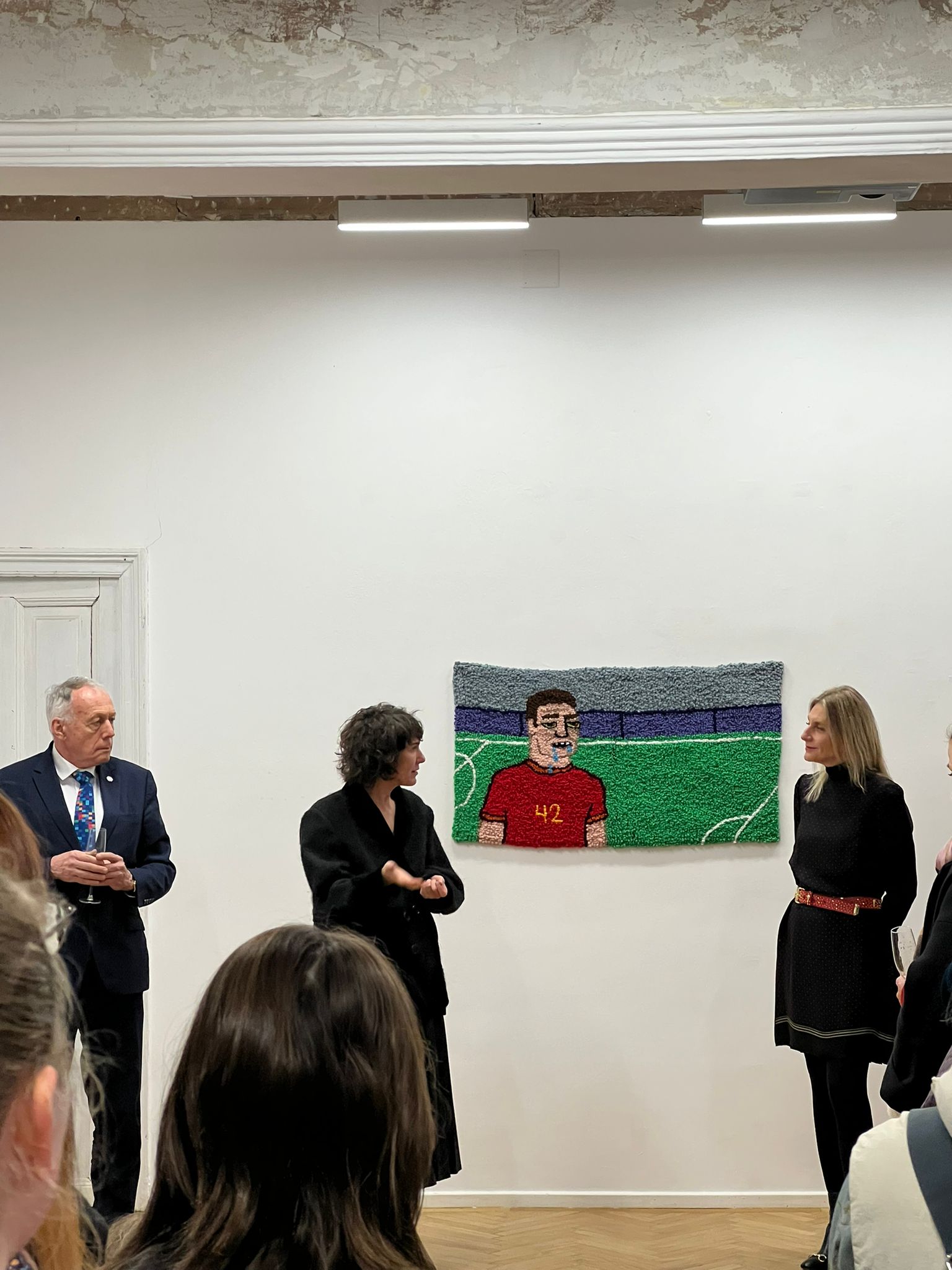
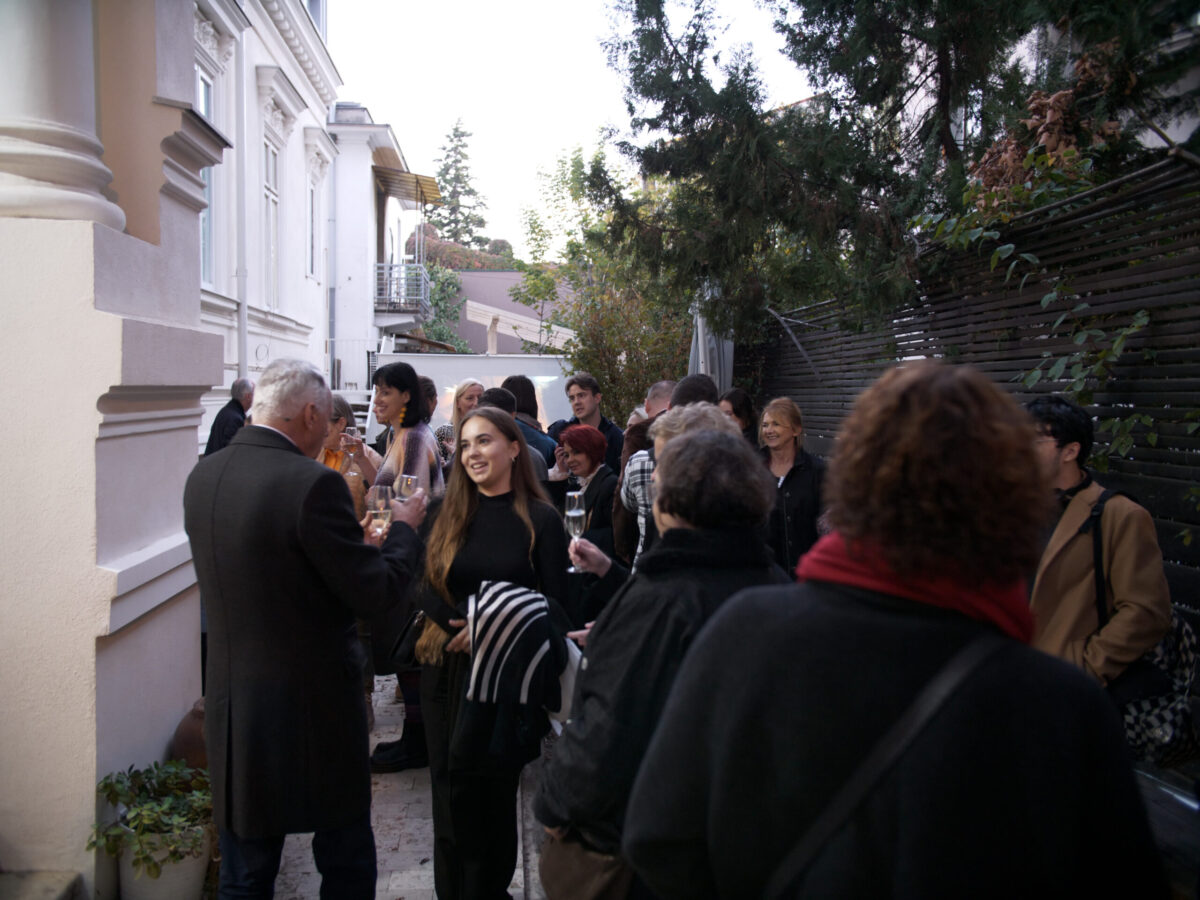
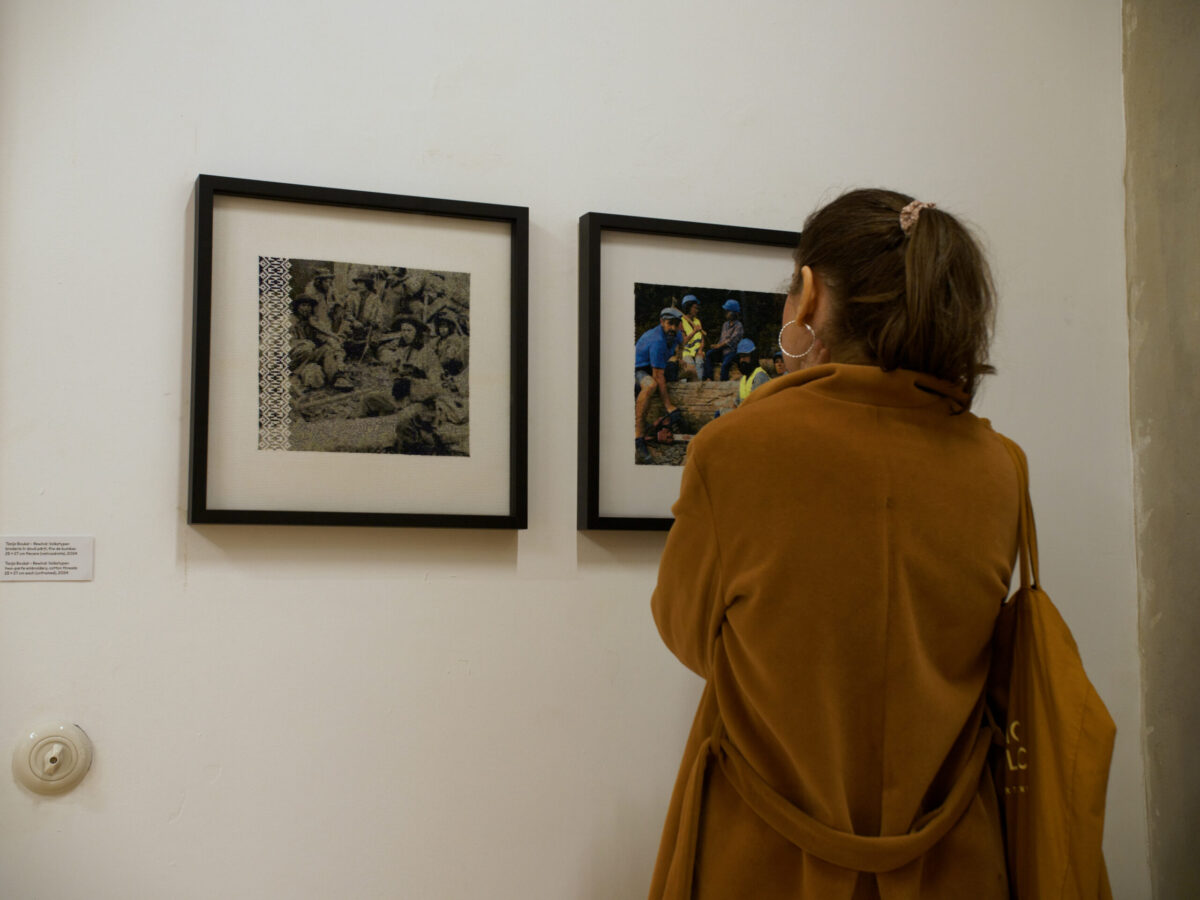
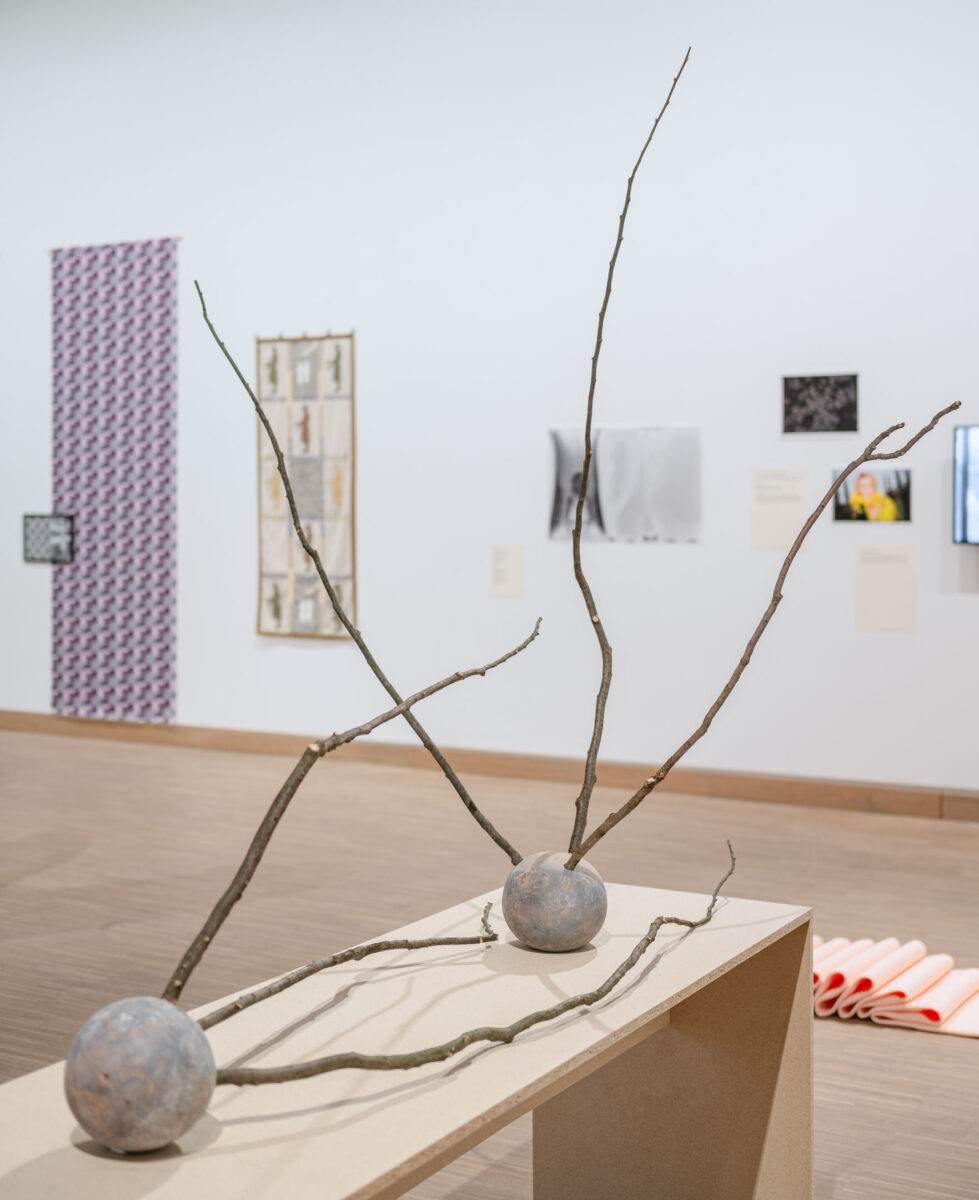
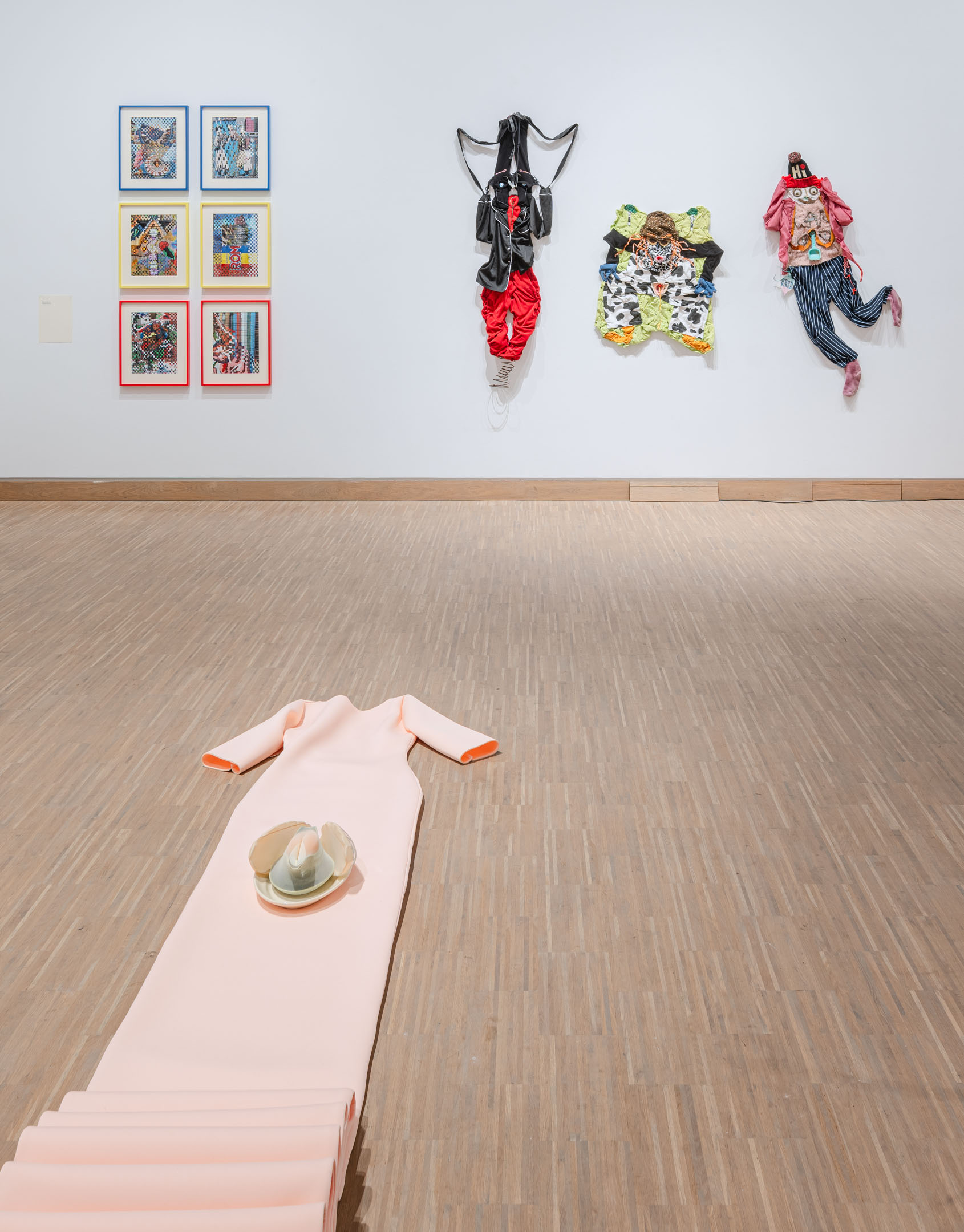
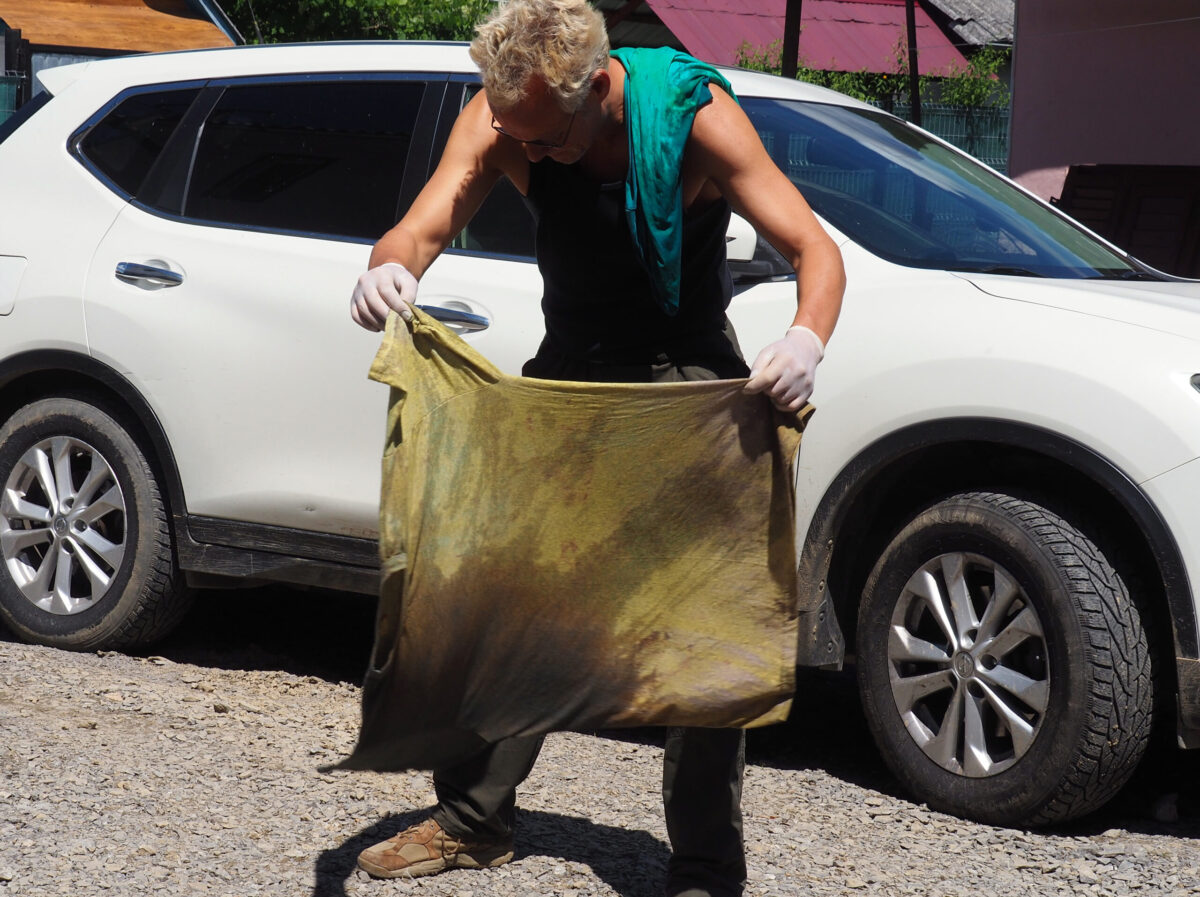
Artists for Artists Residency Network (AFAR) is an EU co-funded project and residency program, aiming to improve the mobility of contemporary visual artists and curators in Romania, Germany, Croatia, and Austria. The project is led by the Romanian Association for Contemporary Art (ARAC) with its three consortium partners – Goethe Institute Network, Croatian Association of Fine Artists, and Künstlerhaus Vienna.
Views and opinions expressed are however those of the author(s) only and do not necessarily reflect those of the European Union or European Education and Culture Executive Agency (EACEA). Neither the European Union nor the granting authority can be held responsible for them.

